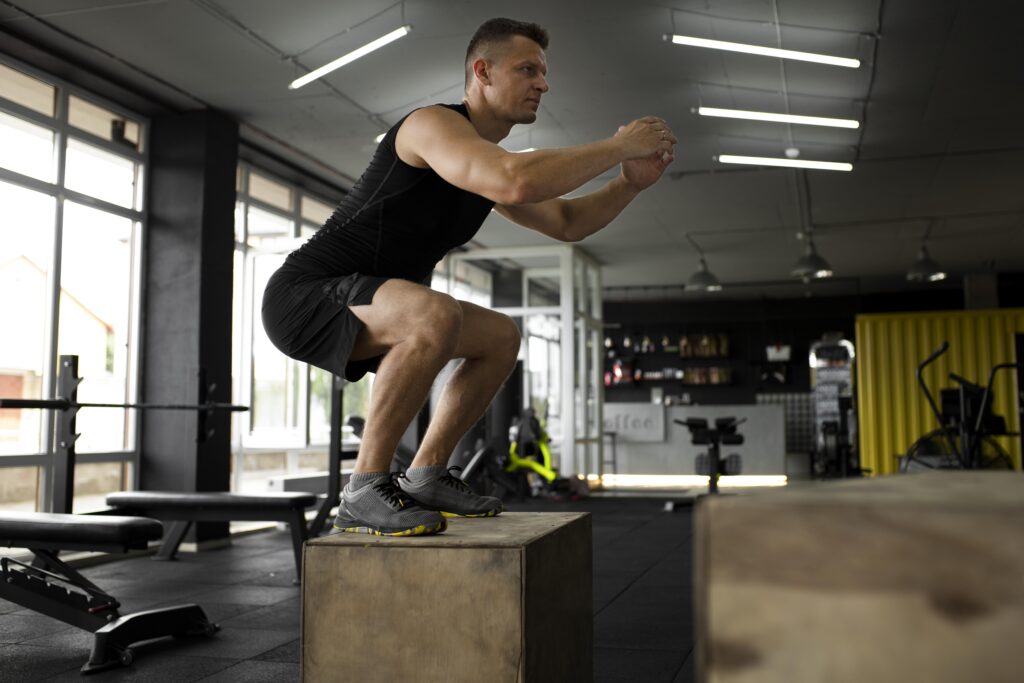
Author: Pankaj Narsian, Vid Karmarkar, PhD
The Challenge: When VO₂max Hits a Plateau
Endurance running is increasingly recommended as a preventive health strategy due to its accessibility and its role in enhancing cardiovascular fitness, metabolic function, and overall physical health. Among adults engaging in recreational physical activity, improving exercise tolerance, economy, and aerobic capacity can be challenging without structured intervention.…
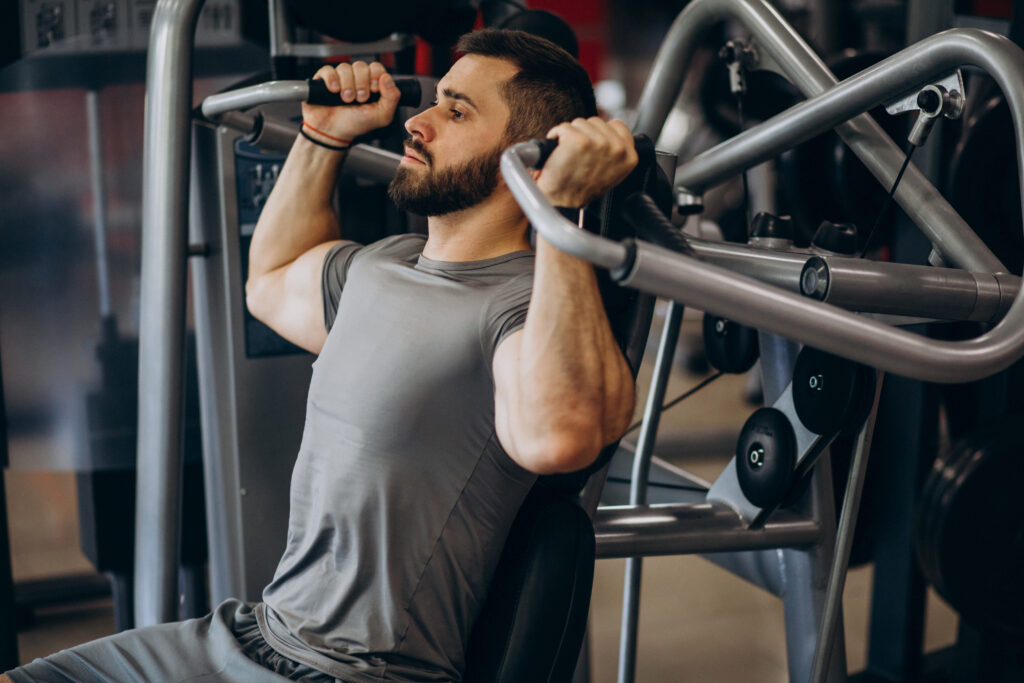
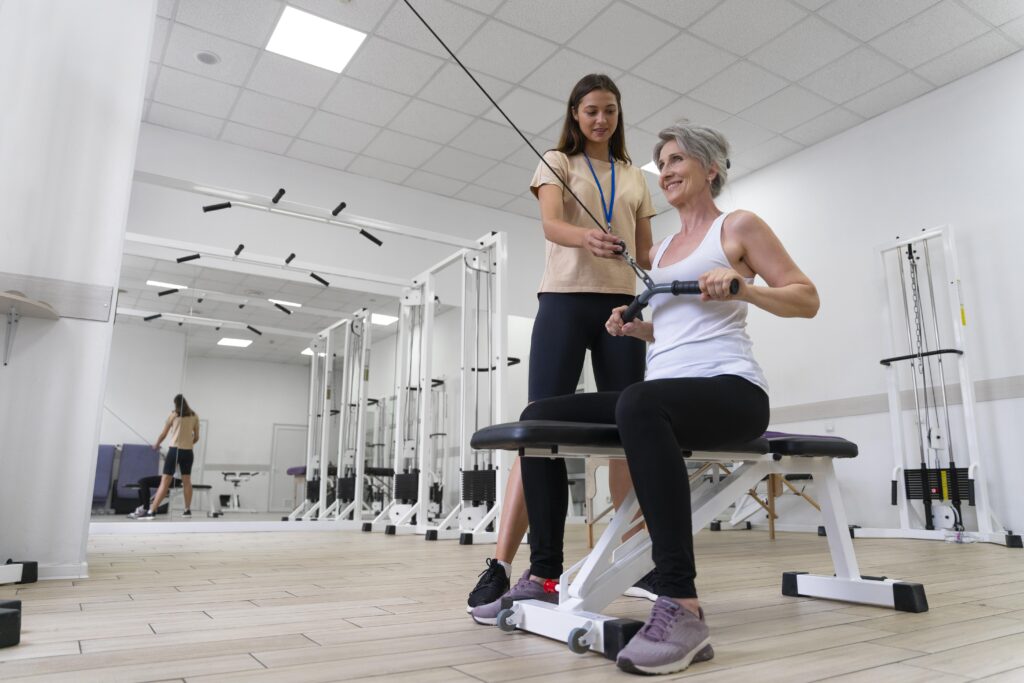
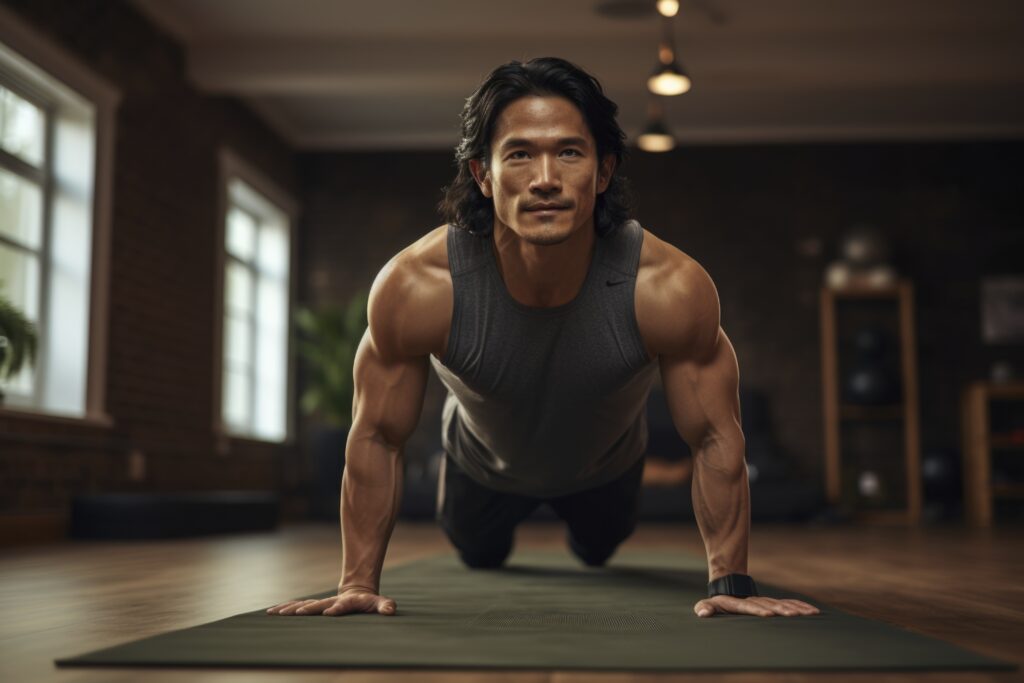
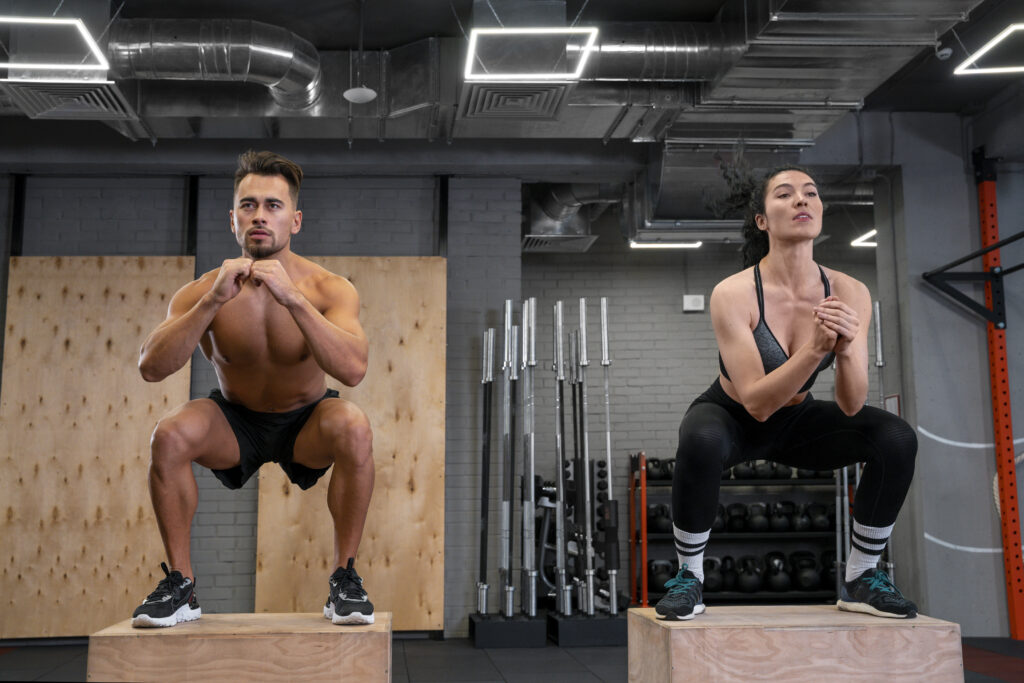
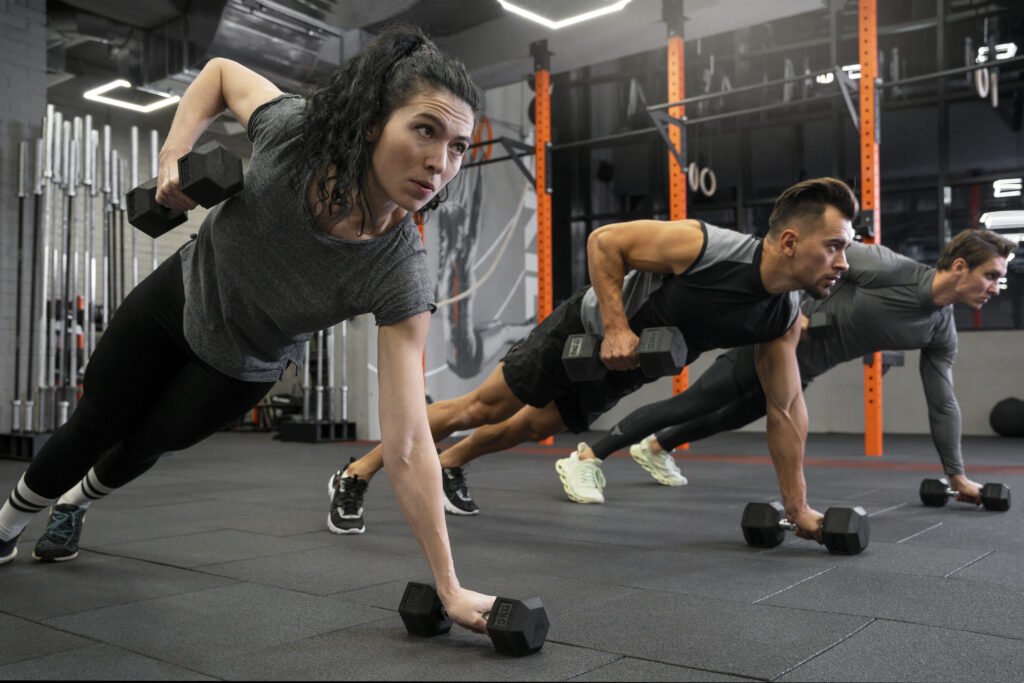


 When we talk about fitness, strength, and endurance often steal the spotlight. We chase personal bests in the gym, try to run faster or farther, and constantly look for new challenges. But one key area often goes unnoticed—mobility. If you want to perform better, feel better, and reduce your risk of injury, then mobility training deserves a front-row seat in your fitness routine.…
When we talk about fitness, strength, and endurance often steal the spotlight. We chase personal bests in the gym, try to run faster or farther, and constantly look for new challenges. But one key area often goes unnoticed—mobility. If you want to perform better, feel better, and reduce your risk of injury, then mobility training deserves a front-row seat in your fitness routine.…